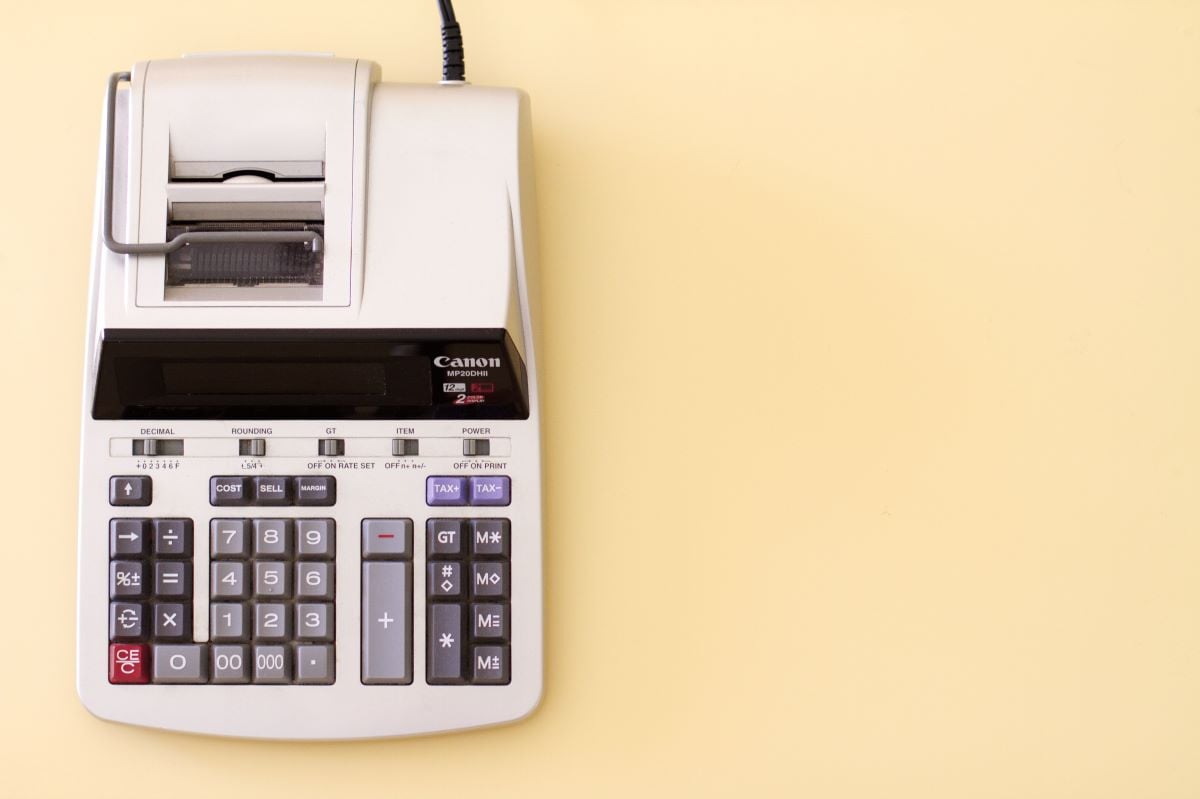Use the simple calculators below to help you either calculate what your retail price should be (with a percentage markup), or to work backwards and find your markup % based on your product's wholesale (or cost) and retail price.
Markup calculator:
💡For when we want to know: The % markup on a product
📋 And we already know: The wholesale (or cost) price, and the retail price
Reverse markup calculator:
💡For when we want to know: What the retail price should be based on the markup we want
📋 And we already know: The wholesale (or cost) price, and the desired % markup
FAQs
1. What is markup?
When we talk about wholesale, markup is the percentage (or absolute value) difference between the wholesale price and the retail price. But unlike margin, here you’re starting with the wholesale price and looking at how much this has increased to reach the retail price.
Outside of wholesale, markup can also mean the difference between the cost of producing a product and the final price it is sold for.
Markup can either be proportional (a percentage of the cost of the product), or absolute (a flat fee added to the cost of the product). Percentage markup is more common.
You’ll also sometimes see markup written as a number, such as 2.5. This is an alternative to the percentage method as it’s still proportional to the price of the product, but this number is how many ‘times’ the wholesale price the retail price should be (e.g. 2.5 x wholesale price = retail price).
📚 Bookmark for later: Markup vs Margin: What's the Difference? (With Calculator)
2. What's the formula for calculating markup?
The formula for calculating product markup is:
Markup (%) = (Retail price — wholesale or cost price) / wholesale or cost price x 100








